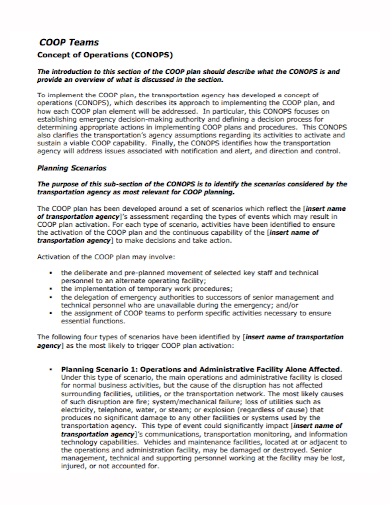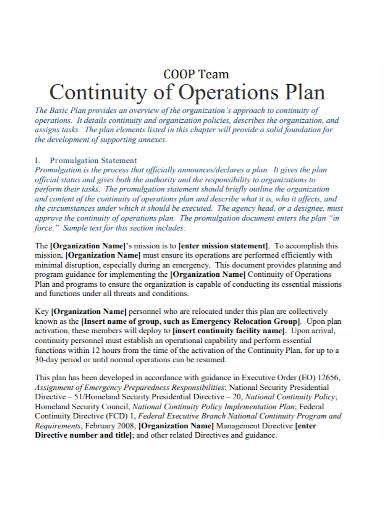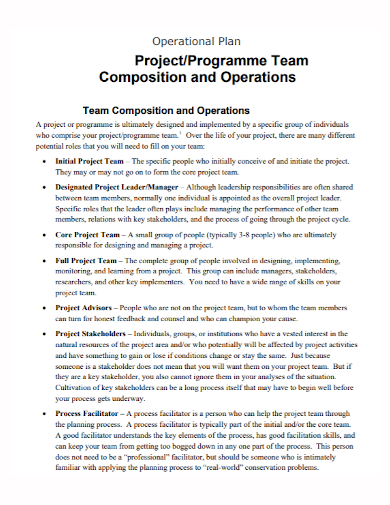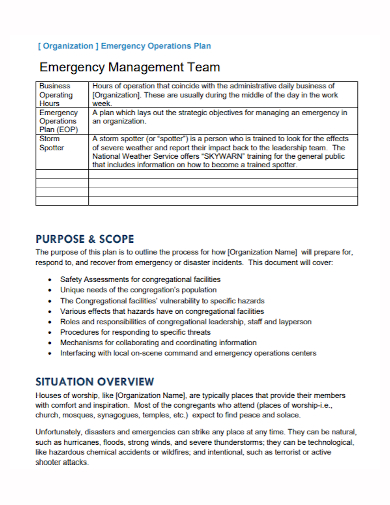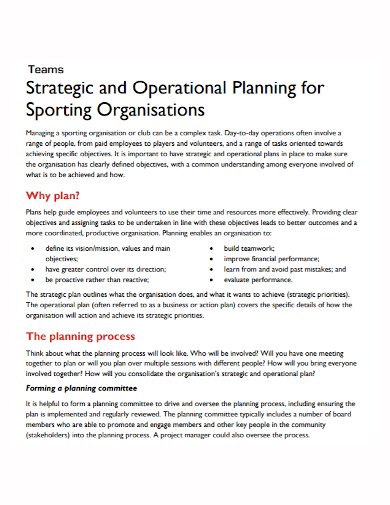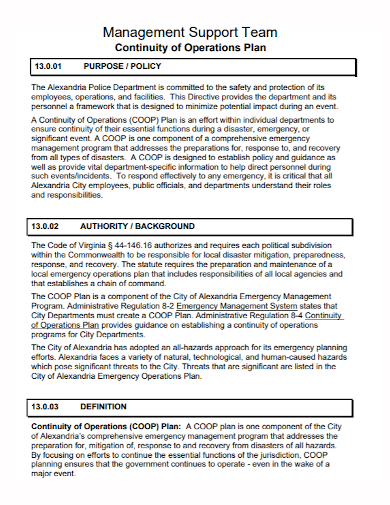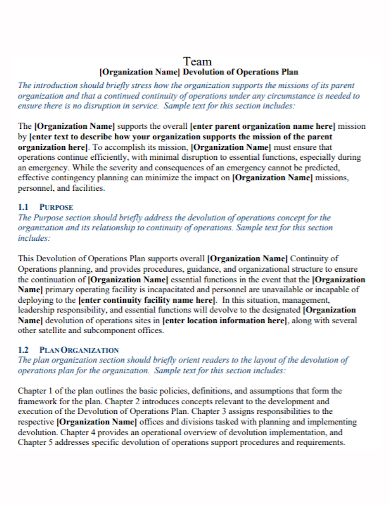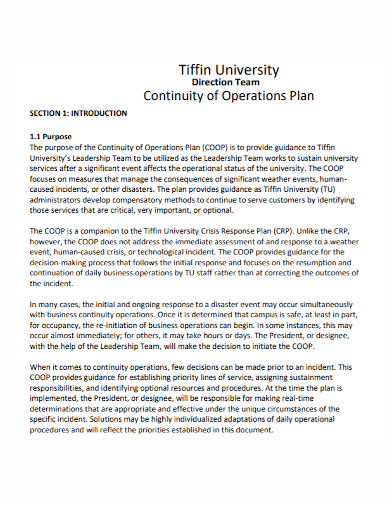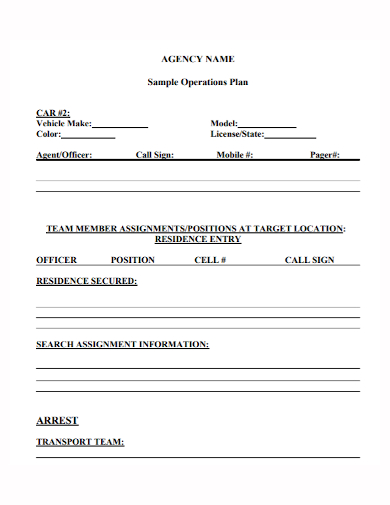Creating projects are common tasks to do if you’re involved in the planning department of an organization. However, making projects is not as easy as it sounds. Careful planning, experimenting with new ideas, and executing different strategies are difficult if your planning team does not have a solid plan on how to divide the project’s tasks to each team member. Are you in charge of project planning in your department and having the same concerns? That’s why it’s important to establish an operational plan for your team that will serve as your guide on which project goals should be prioritized and what tasks should be done by each team member to ensure that everyone is working to reach the goal and complete the project successfully. This article will guide you on how to make a team operational plan.
10+ Team Operational Plan Samples
1. Team Operational Plan Template
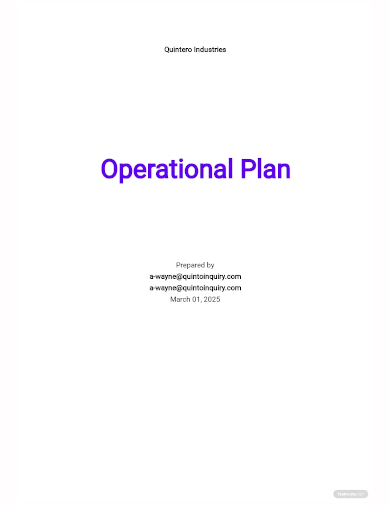
2. Team Continuity Operational Plan
3. Team Agency Operational Plan
4. Team Operational Plan
5. Team Composition Operational Plan
6. Team Emergency Operational Plan
7. Team Strategic Operational Plan
8. Team Support Operational Plan
9. Team Organization Operational Plan
10. University Team Operational Plan
11. Team Member Operational Plan
What is an Operational Plan?
An operational plan is an outline that plans the daily tasks that are necessary to keep a business running. It allows everyone in the company to know their respective roles and responsibilities and how it contributes to the overall being of the organization.
How to Make a Team Operational Plan
1. Examine Your Organization’s Vision
Any project, no matter how short or extensive, propels the organization’s growth and contributes to its larger vision and long-term goals. This also allows its members to upgrade their skill set and work towards more challenging tasks. Understanding your company’s vision allows you to incorporate it in smaller groups.
2. Create a Vision for Your Department
Make sure to keep the focus intact by creating a vision for the department that is in line with the organization’s vision. Always
make sure to compare and contrast it to make sure it is well-adjusted.
3. Define the Goals and Strategies
Determine the goals and objective of each project and then draw the strategy on how to reach it as a team. This allows you to see the strength and weaknesses of each person while also taking into consideration the scope of work with the stakeholders in mind.
4. Plan Out Activities
It should be specific, concrete, and broken down into small steps to ensure that the workload is properly distributed and thus, ensuring that the end goal is achieved.
5. Identify Resources
Make sure to list supplies and equipment necessary to accomplish each task efficiently.
6. Assign roles and responsibilities
Delegate roles and responsibilities to each team member based on their skillset. In addition, include the communications strategies to ensure everyone is on the same page while covering the reporting structure and deadlines set for each task.
7. Monitor and adjust
Make sure to monitor the progress of the project and be open to making the adjustments needed to make sure that everything is aligned. As the project is ongoing, start drafting work reports throughout its phases so you can analyze the team’s performance and evaluate it to increase productivity and efficiency for the next project.
FAQs
What is the difference between operational planning and strategic planning?
Strategic planning is making plans for long-term goals in the future such as five years or ten years from now while operational planning is making plans for the near future, such as knowing what for the next six months. Furthermore, an operational plan is more focused on making plans in a specific department of an organization while the strategic plan concentrates more on the whole organization.
What are the benefits of an operational plan?
There are many benefits of making an operational plan. Here are just some reasons why making an operational plan is important:
- It makes your goal setting more successful because you have a realistic and practical plan that your organization can do.
- It improves teamwork and collaboration because every team member has a role and all the responsibilities and expectations are already laid out.
- It boosts productivity because everyone has a guide on what tasks and responsibilities they should do and this gives them direction on what areas they can focus towards.
- They can give deliverables efficiently because everyone will know what is expected of them.
What are the different types of operational plan?
The different types of operational plans are:
- Single-use plan: This type of plan is focused on a particular project and is discarded once the project is complete.
- Standing plan: This type of plan is used repeatedly is used to create projects that may happen frequently.
When creating your operational plan for your team, always keep in mind to make it flexible so you can easily plan and make adjustments when needed. Communicate constantly with your teammates to work on the plan and update it regularly. Know what less important goals should be rid of and know which important goals should stay in the plan. Always keep a positive outlook on your project and welcome any suggestions that could further improve it and execute it successfully. To help you get started making the operational plan, download our free sample templates above to use as your guide!
Related Posts
FREE 7+ Fashion Business Plan Samples in PDF
FREE 10+ Sprint Planning Samples In MS Word | Google Docs | PDF
FREE 10+ Wedding Planning Samples in MS Word | Apple Pages | Powerpoint | PDF
FREE 9+ Monthly Study Planner Samples in PSD | Illustrator | InDesign | PDF
FREE 9+ Sample Curriculum Planning Templates in PDF | MS Word
FREE 10+ Teacher Development Plan Samples in MS Word | Google Docs | Apple Pages | PDF
FREE 10+ Basketball Practice Plan Samples in PDF
FREE 12+ School Business Plan Samples in PDF | MS Word | Apple Pages | Google Docs
FREE 7+ Client Strategic Plan Samples in PDF | MS Word
FREE 11+ Trucking Business Plan Templates in PDF | MS Word | Google Docs | Pages
FREE 7+ Small Hotel Business Plan Samples PDF | MS Word | Apple Pages | Google Docs
FREE 14+ Bakery Business Plans in MS Word | PDF | Google Docs | Pages
FREE 4+ Yearly Lesson Plan Samples in PDF
FREE 50+ Strategic Planning Samples in Google Docs | Pages | PDF | MS Word
FREE 10+ Construction Project Plan Samples in MS Word | Google Docs | Apple Pages | PDF


